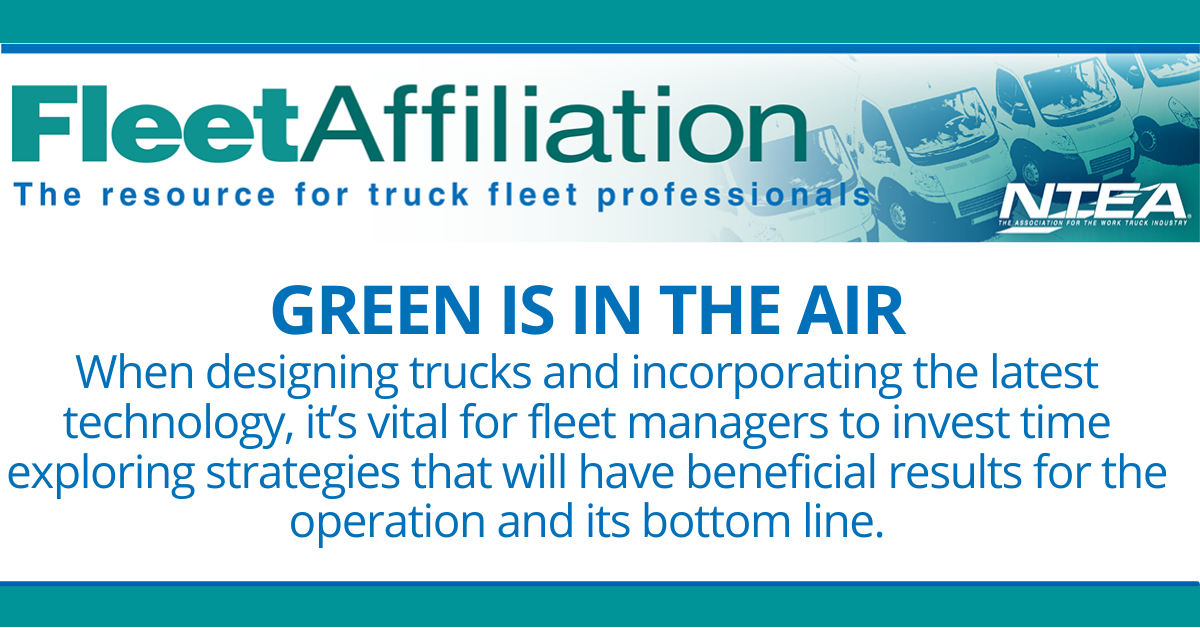
Published in July 2022 Fleet Affiliation.
Green continues to be a key focus in the commercial vehicle industry – as it pertains to electrification, alternative fuel and green technology, and funding incentives at all levels. While it’s important for fleet managers to stay ahead of the curve and invest time on energy profile management, it’s also imperative to stay focused on vocational trucks and their mission within the organization.
It’s widely understood that vocational vehicles are complex in design, carry a longer service life than mass-produced trucks, and come at a premium price. Therefore, when designing trucks and incorporating the latest technology, it’s vital for fleet managers to invest time exploring strategies that will have beneficial results for the operation and its bottom line.
Communication is the lifeline
Some aspects of the work truck industry are regulated by internal and external forces, and communication is key to understanding and navigating them. These forces could be corporate mandates or government regulations – but once they are defined and understood, key players (fleet professionals, specification writers, and purchasing experts) are better positioned to put together the best opportunities for their organization.
Keeping the loop in motion
Believe it or not, the almost-perfect work truck does exist, but those internal and external forces have a way of creating obstacles. This is where the lines of communication and expectations become important. Teams and stakeholders must interface – from the beginning.
Your suppliers are often be on the front line when it comes to new products as well as looming regulations that may affect operations. Getting ahead of the curve on paper can save time and precious dollars when designing complex work trucks. Remember, paper is relatively cheap compared to change orders, or vehicles that were not purpose-built for the tasks required. Communication, both top-down and bottom-up, can flush out several concerns before trucks are even built.
Understand the user
In the present moment of supply chain issues and scarcity, end users may not feel they have control or input on decisions that impact operations. Understanding their needs, and incorporating them into long-term plans can bring multiple teams together.
One natural symbiotic relationship is that of operations and management (whether fleet or supervisory). Working toward a common goal puts organizations in a strategic position to reduce costs, increase efficiency, and promote continued evolution. While the vehicle designer can sometimes feel like a ring leader for the circus, combined efforts can create value, reduce costs, and increase productivity.
